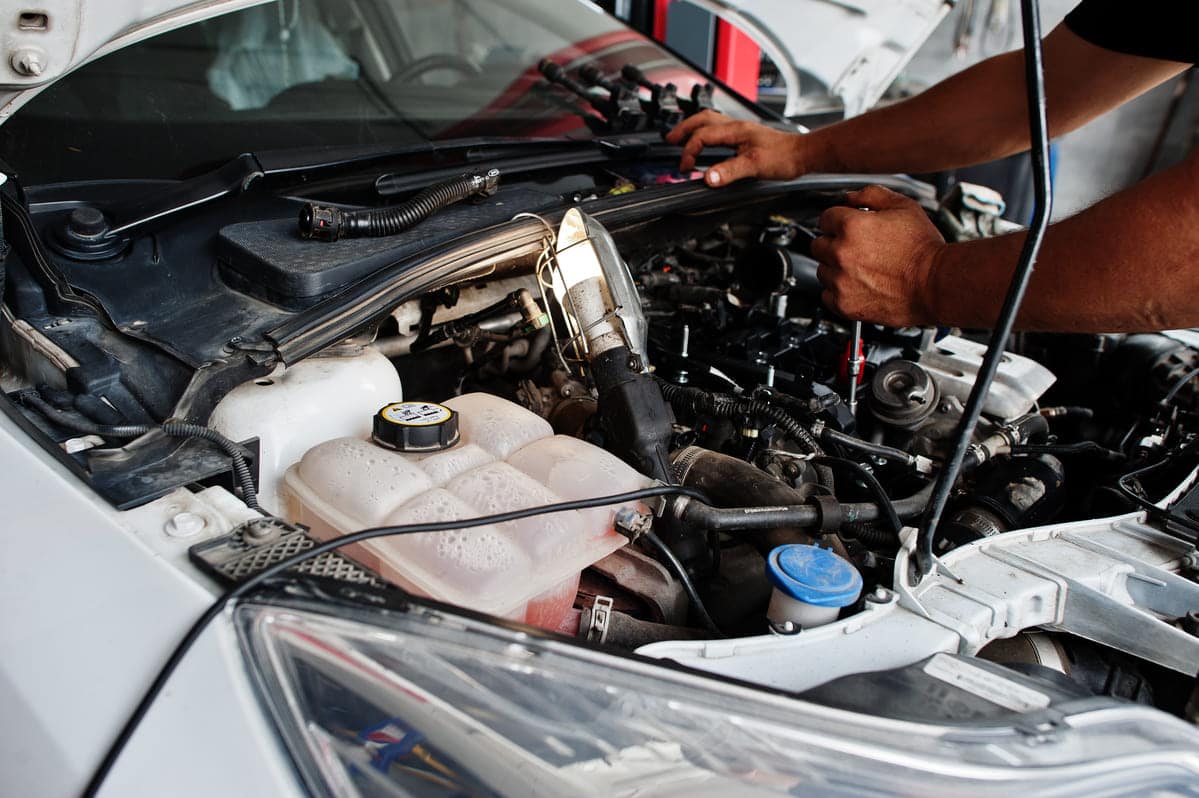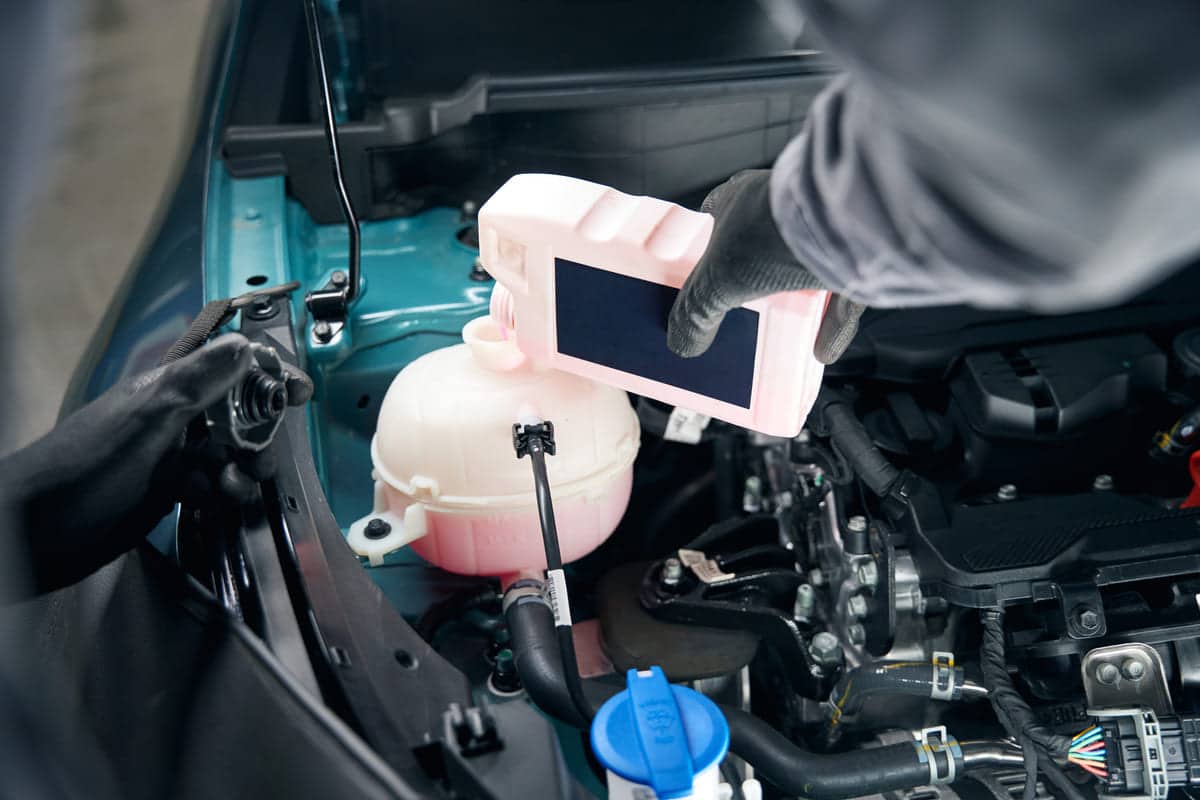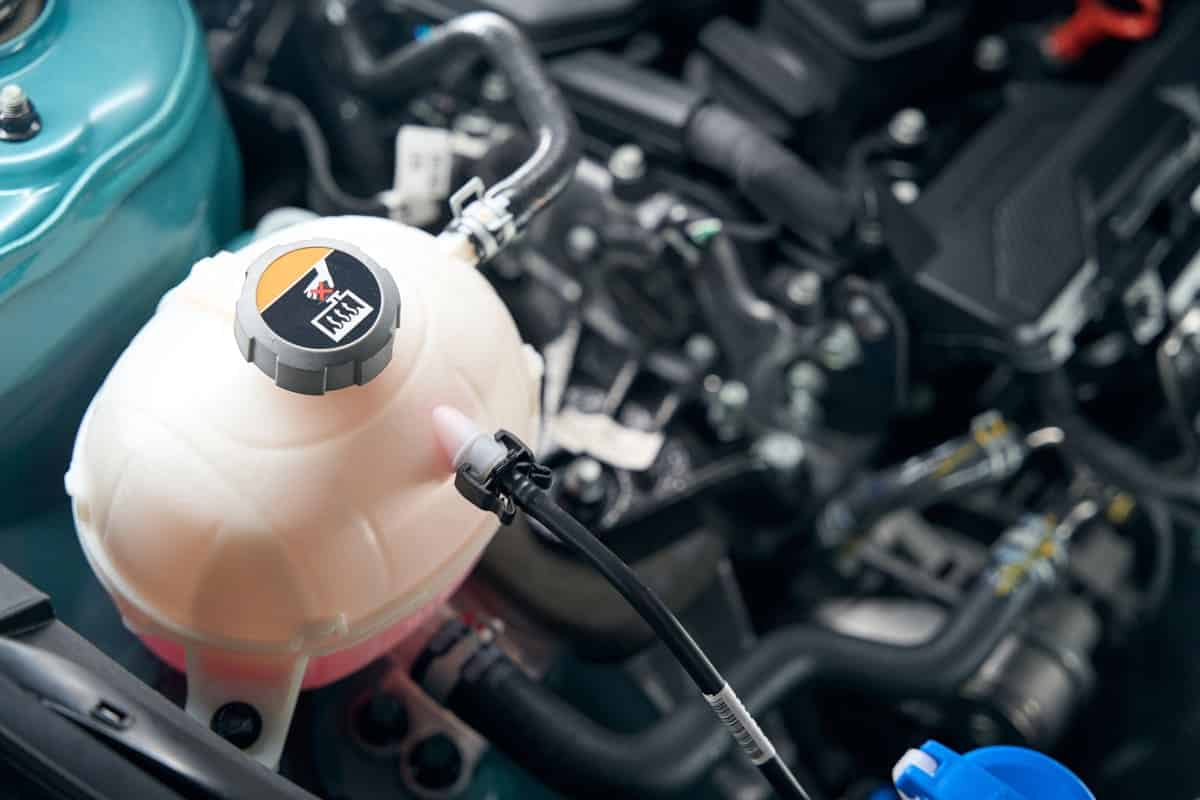Fuel injection has changed the face of automotive engineering by giving precise fuel delivery, better engine efficiency, and lower emissions. They come in two types, direct and indirect injection, each with its own advantages for different designs and applications.
What is Fuel Injection?
A fuel injection system also known as electronic fuel injection (EFI) is a method that puts fuel directly into an engine’s combustion chamber. Its main job is to give precise fuel delivery for combustion. Sensors monitor engine conditions and adjust fuel flow.
The system improves engine performance by giving better control over the fuel-air mixture compared to carburetion. This means better fuel efficiency, lower emissions and more power. Unlike carburetors, EFI systems adjust fast to changing driving conditions so the engine runs smoother.
References
- Fuel Injection. Wikipedia. Retrieved from https://en.wikipedia.org/wiki/Fuel_injection
History of Fuel Injection Systems
Fuel injection systems have a long and winding history. The first mention of fuel injectors is in the 1900s. Engineers used these systems in aircraft engines during World War II to improve performance at high altitudes.
In 1902, French aviator Leon Levavasseur developed an early version of a fuel injector for his aircraft engines. Later in 1925, Swedish engineer Jonas Hesselman introduced the concept of directly injecting gasoline into engine cylinders. British engineer Herbert Akroyd Stuart also contributed to the early development of fuel injection systems.
These evolved from mechanical to electronic. In 1935, Mercedes-Benz started using pre-combustion chambers fed by fuel injection pumps in diesel engines. The shift to electronic fuel injection (EFI) happened in the 1970s for more precise fuel delivery and better engine control.
Big developments included multi-point fuel injection (MPFI) and gasoline direct injection (GDI). These improved fuel efficiency and lower emissions. Modern systems use advanced sensors and microprocessors for better performance.
References
- Fuel Injection. Britannica. Retrieved from

Fuel Injection Types
There are several types of fuel injection systems, each with its own features and applications. They can be divided into two main categories: mechanical and electronic.
- Mechanical Fuel Injection (MFI): Uses mechanical parts to control fuel delivery. It has a , injectors and a distributor.
- Electronic Fuel Injection (EFI): Uses electronic sensors and a control unit to manage fuel delivery. Gives precise control over the fuel-air mixture for better performance.
Different Types of Electronic Fuel Injection:
- Single-Point Injection (SPI): Fuels all cylinders through one injector. Simple and cheap but less efficient than multi-point.
- Port Fuel Injection (PFI): Injects fuel into the intake ports of each cylinder. Better fuel distribution and combustion efficiency.
- Sequential Fuel Injection (SFI): Injects fuel into each cylinder one by one. Better timing control and better engine response.
- Direct Injection: Injects fuel directly into the combustion chamber. Most efficient and most powerful.
How do these differ in application and efficiency?
- SPI: For older or smaller engines. Less efficient but simple.
- PFI: Common in modern vehicles. Balances cost and efficiency.
- SFI: For high-performance and luxury vehicles. Optimal performance.
- Direct Injection: For high-efficiency engines. Most power and fuel economy.
References
- Fuel Injection Systems. HowStuffWorks. Retrieved from
How do Fuel Injector Systems Work?
Before we get into the fuel injector itself, let’s first know the components. So, a typical fuel injection system has:
- Fuel Pump: Pumps fuel from the tank to the injectors.
- Fuel Injectors: Sprays fuel into the combustion chamber or intake manifold.
- (ECU): Controls the fuel injection.
- Fuel Pressure Regulator: Maintains fuel pressure.
- Sensors: Monitors engine parameters.
Here’s how it works:
The fuel injector sprays fuel in a fine mist. It opens and closes based on the ECU signal. This gives precise fuel delivery. The fine mist gives better air-fuel mixing for better combustion.
The ECU controls the entire fuel injection process. It gets data from sensors monitoring engine conditions like temperature and airflow. The ECU then adjusts the fuel injector’s timing and duration for better performance and efficiency.
The ECU measures the fuel by calculating the exact amount needed. Then it sends signal to the fuel injectors to deliver this fuel at the right time. So the engine gets the optimal fuel-air mixture for combustion.

What are the benefits of precise fuel injection for fuel efficiency and emissions?
Precise fuel injection has many benefits:
- Better Fuel Efficiency: Less waste.
- Lower Emissions: Better combustion means less pollutants.
- More Performance: Efficient fuel use means more power.
- Smoother Operation: Precise control means a smoother engine.
References
- Fuel Injection System. ScienceDirect. Retrieved from
Where is the Fuel Injection?
The fuel injection system is inside the engine compartment. The components like fuel injectors, fuel pump and electronic control unit (ECU) are integrated into the engine itself.
Although the fuel injector location varies in different types of engines:
- Inline Engines: Fuel injectors are in line with the intake manifold, one for each cylinder.
- V-Type Engines: Fuel injectors are on each bank of cylinders, usually in the intake manifold.
- Rotary Engines: Injectors are positioned to spray fuel directly into the rotor housing for better combustion.
Even the location of fuel injection affects engine design and performance as:
- Engine Compactness: Optimal injector placement allows for more compact engine design.
- Air-Fuel Mixing: Correct positioning gives better air-fuel mixing.
Performance: Better injector placement means better combustion efficiency, better performance and lower emissions.
References
- What Are the Different Types of Fuel Injection?. Cars.com. Retrieved from https://www.cars.com/articles/what-are-the-different-types-of-fuel-injection-1420690418419/


